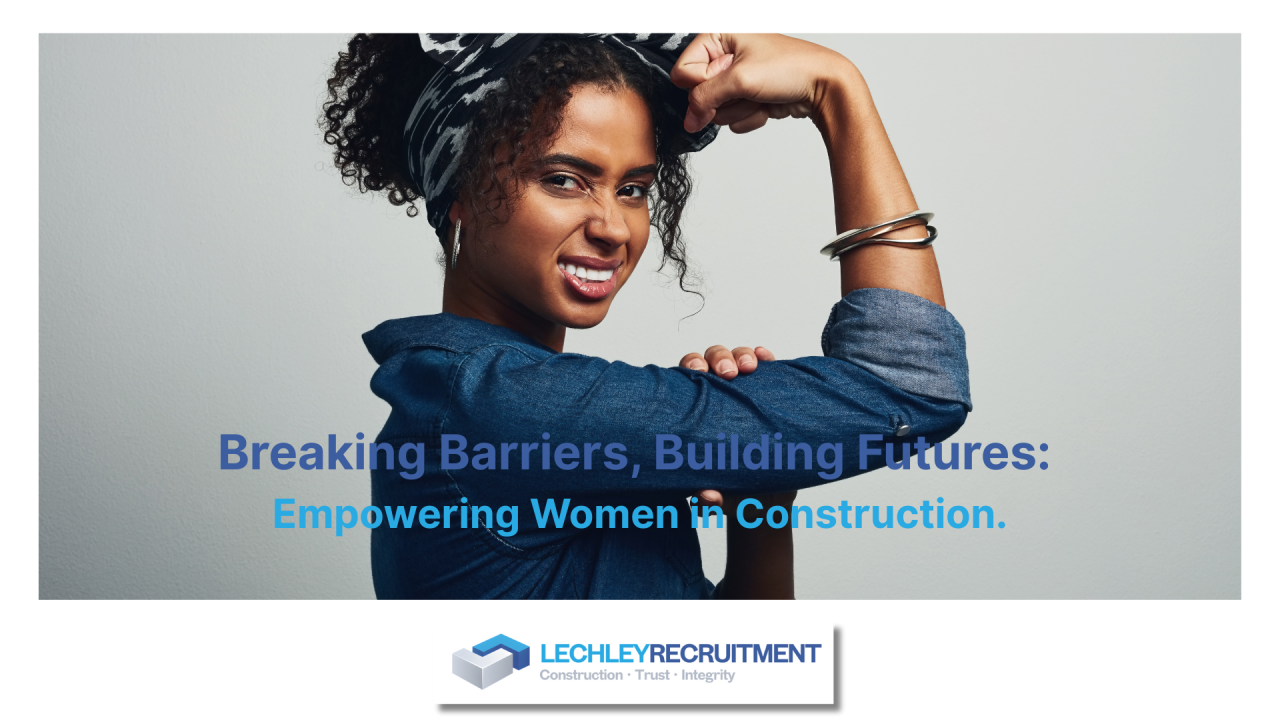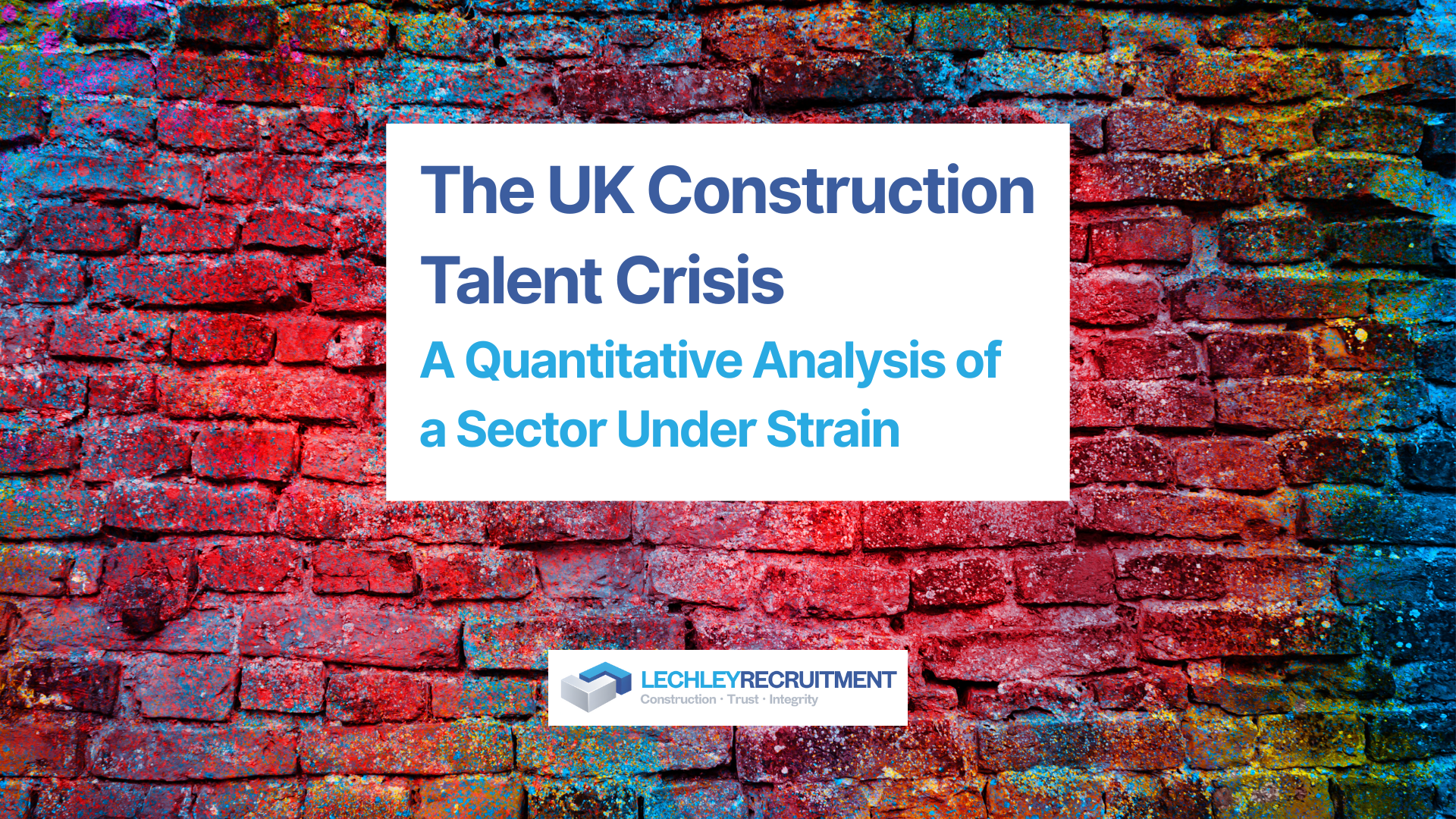Building Equality: The Imperative of Diversity and Inclusion in the Construction Industry
Building Equality
The built environment is for everyone. Yet, the construction industry, responsible for shaping this environment, has long been a male-dominated sector. Today, we stand on the precipice of change, understanding the value that Equality, Diversity, and Inclusion (EDI) bring to our workplaces and society.
The Changing Face of Construction
The UK Equality Act 2010 enumerates nine protected characteristics, including age, gender, disability, race, and sexual orientation, among others. The composition of the construction industry does not currently reflect this diversity. The majority of the workforce is white males, leading to a high risk of unconscious bias, often resulting in an industry culture that may be unwelcoming to others.
The Numbers Speak
A glance at the statistics reveals the stark reality. Women constitute only 15% of the UK construction industry workforce, with a mere 2% working on-site. BAME employees and disabled employees each make up 6% of the workforce. A disturbing 60% of LGBTQ+ employees have experienced homophobic and derogatory terms at work.
These figures underscore the urgent need for change, not just to create a welcoming work environment but also to harness the innovation and varying viewpoints that a diverse workforce can bring.
Challenges in Achieving Diversity and Inclusion
While there is growing awareness at leadership and management levels about EDI, translating this understanding into practice remains a challenge. Reports from industry workers point to a lack of facilities and equipment catering to non-male workers and a culture that makes people from minority groups feel excluded.
The Case for Diversity and Inclusion
The benefits of increasing diversity in the workforce are manifold. It brings a wider range of ideas to the table, makes the industry more representative of its customers and wider society, and improves earning potential. A study by McKinsey & Company found a strong correlation between gender diversity and performance.
A diverse and inclusive work environment also widens the talent pool available to the industry and fosters respect for everyone's differences. It can help address skills shortages, encourage innovation, and make the construction industry more appealing to a wider demographic.
Leadership: The Catalyst for Change
If we are to realise our ambitions to become a more inclusive and diverse industry, change needs to start at the top. Leaders have enormous potential to influence others through their own inclusive, supportive, and respectful behaviour. EDI programmes that set clear expectations and standards can play a key role in promoting positive behaviour and cultural change.
CIOB's Commitment to EDI
The Chartered Institute of Building (CIOB) recognises the potential of these opportunities and is fully committed to improving EDI in the construction industry. For the first time, they have appointed an Equality, Diversity and Inclusion Transformation Lead who reports directly to the CEO.
To meet their commitment, they have adopted the EDI Action Plan, these activities were embed into EDI across all CIOB functions from June 2021 to December 2022. The measures included providing visible leadership, recruiting a more diverse membership, and ensuring that our educational materials and events were inclusive and accessible.
In addition, CIOB has also published its own EDI Charter, aimed at promoting positive change. The Charter's five actions for improving diversity and inclusion include showing leadership, making a plan, shaping the culture, being transparent, and being accountable.
Conclusion
The future of the construction industry lies in its ability to embrace equality, diversity, and inclusion. By doing so, we can not only create a welcoming and respectful work environment but also drive innovation and growth. The built environment is for everyone, and it is time the construction industry reflected this.





